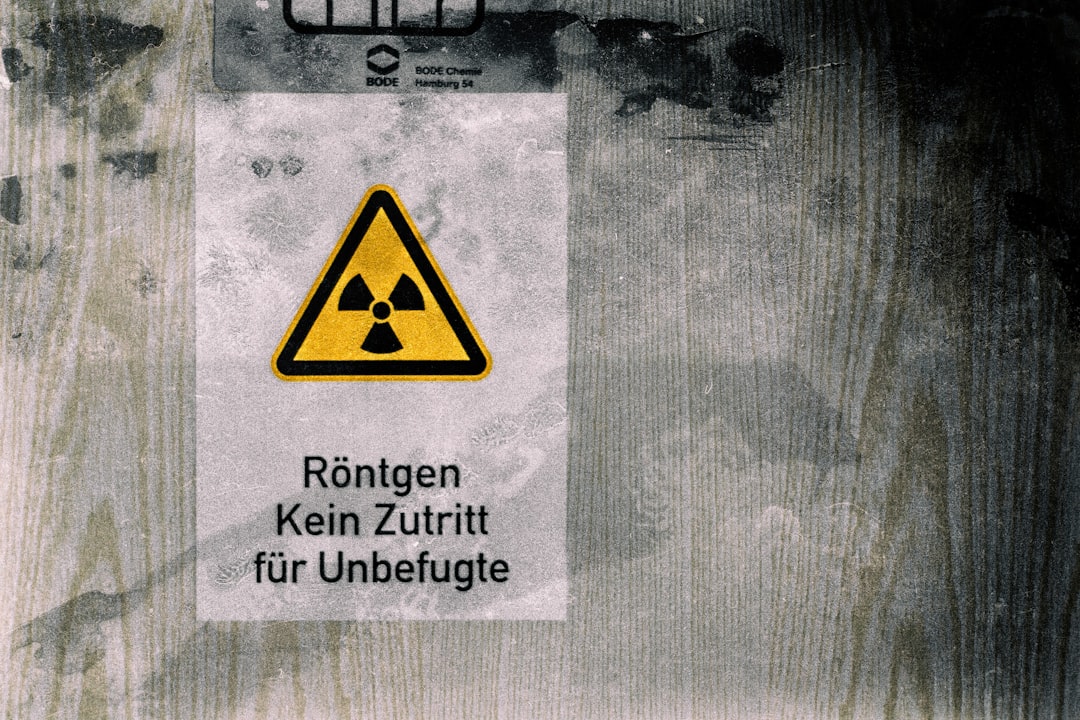What is it about?
This paper provides a numerical tool to study material coherence from a set of two-dimensional Lagrangian trajectories sampling a dynamical system, i.e., from the motion of passive tracers. We show that eigenvectors of the Burau representation of a topological braid derived from the trajectories have levelsets corresponding to components of the Nielsen-Thurston decomposition of the dynamical system. One can thus detect and identify clusters of space-time trajectories corresponding to coherent regions of the dynamical system by solving an eigenvalue problem.
Featured Image

Photo by NASA on Unsplash
Why is it important?
Studying two-dimensional flows and their induced transport and mixing properties is key to geophysical studies of atmospheric and oceanic processes for example. However, one often has only sparse tracer trajectories (e.g., positions of buoys in time) to infer the overall flow geometry. Topological methods based on the theory of braid groups have recently been proposed to extract structures from such a sparse set of trajectories by measuring their entanglement. This braid viewpoint offers sound foundations for the definition of coherent structures. Yet, there has been only limited efforts in developing practical tools that can leverage topological properties for the efficient analysis of flow structures: handling a larger number of trajectories remains computationally challenging. Our paper proposes a simple approach based on this trajectories-as-a-braid concept.
Read the Original
This page is a summary of: Material coherence from trajectories via Burau eigenanalysis of braids, Chaos An Interdisciplinary Journal of Nonlinear Science, March 2020, American Institute of Physics,
DOI: 10.1063/1.5128269.
You can read the full text:
Contributors
The following have contributed to this page










